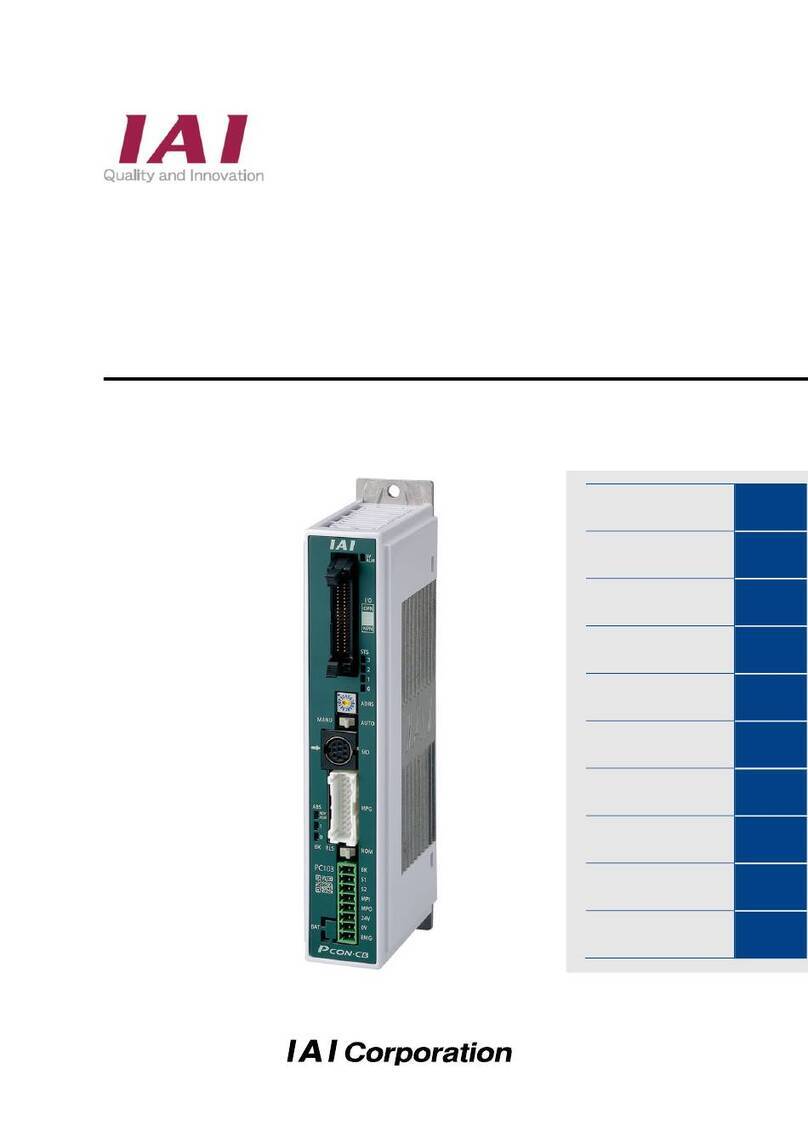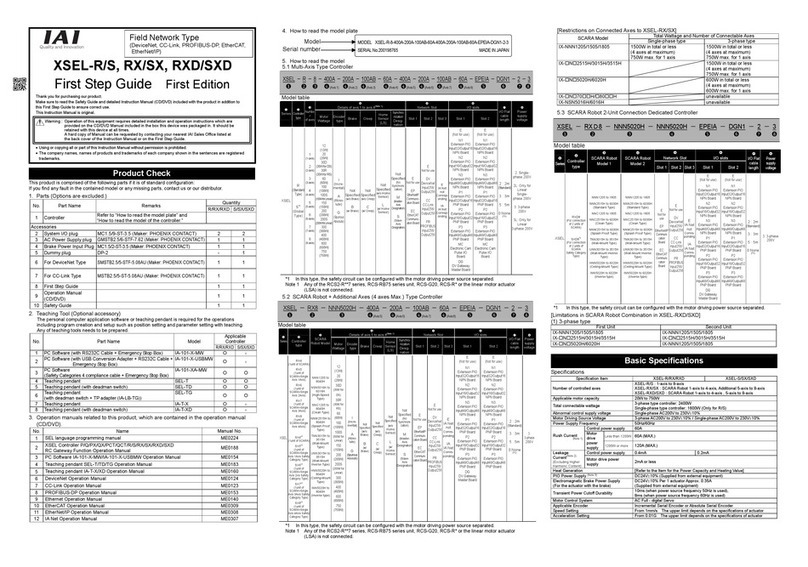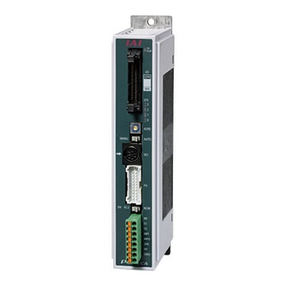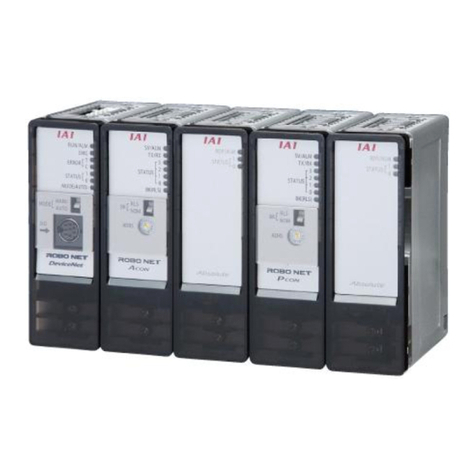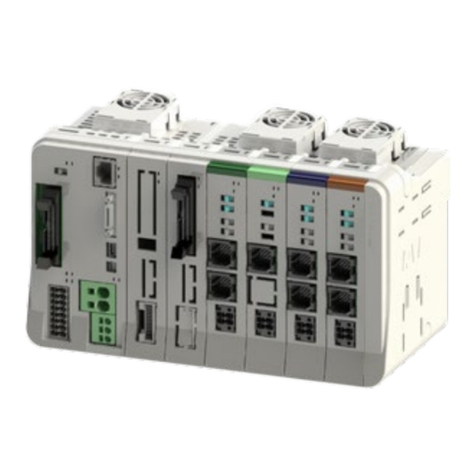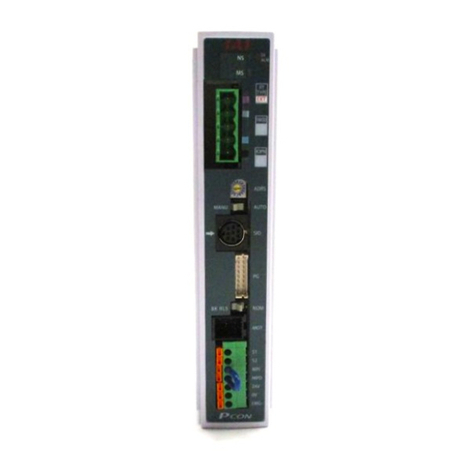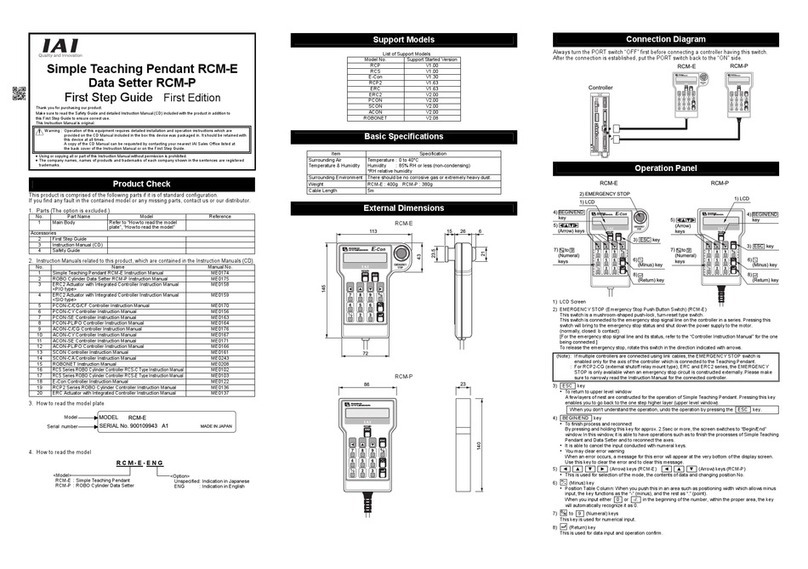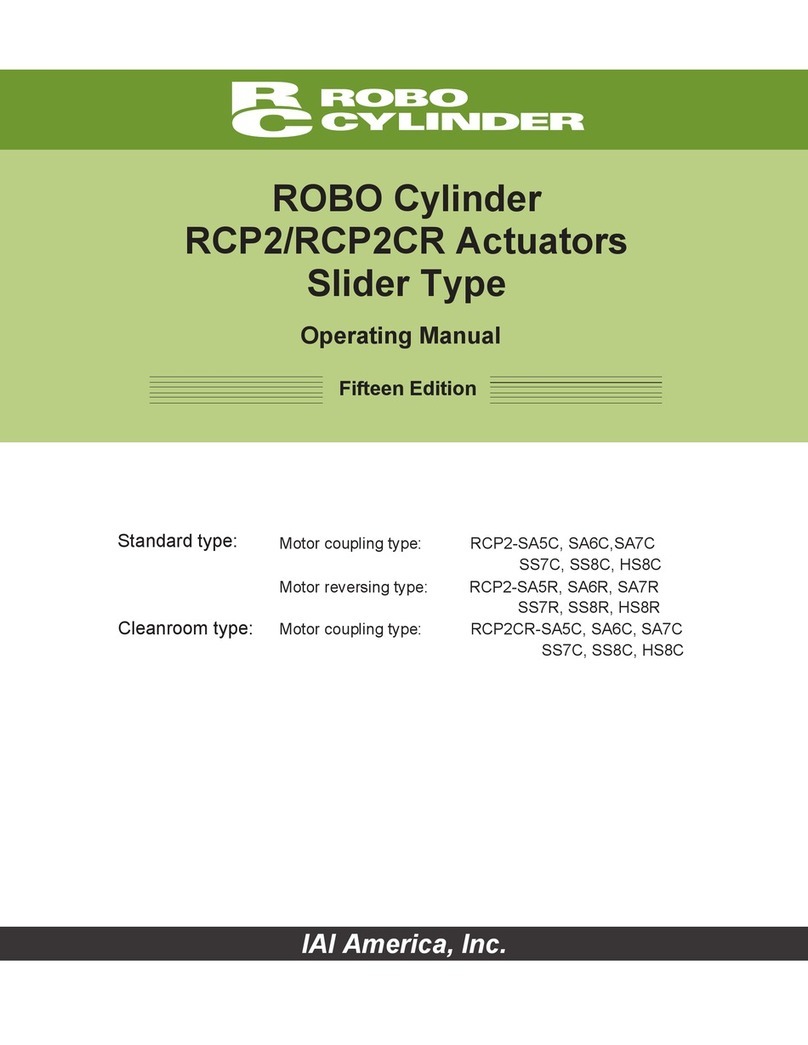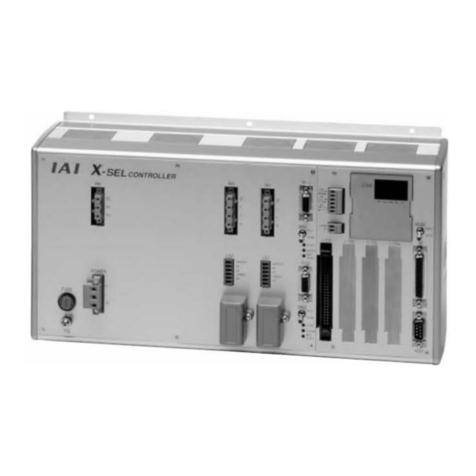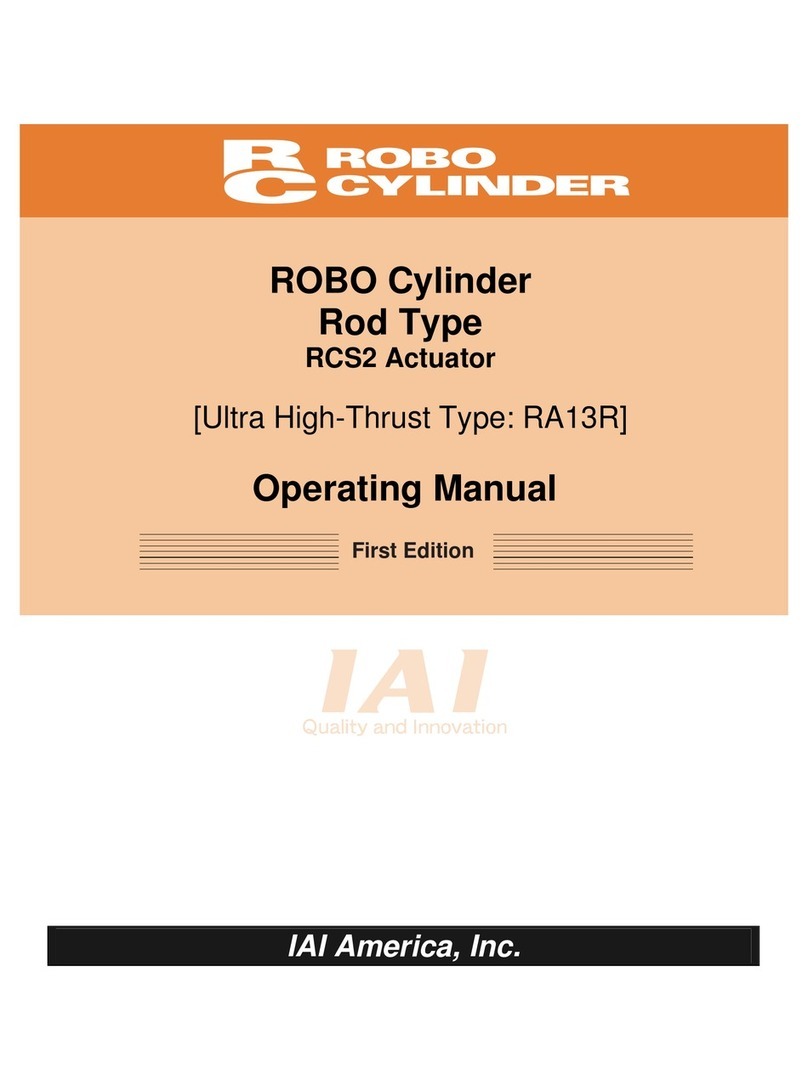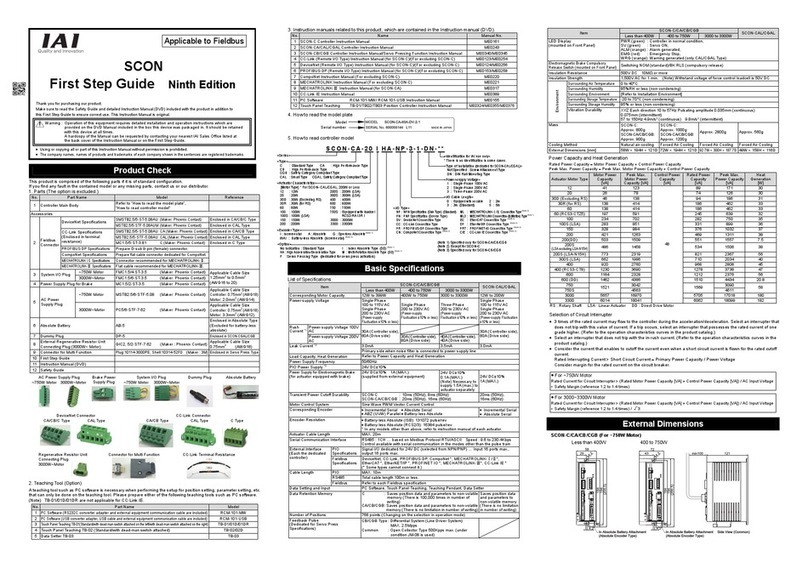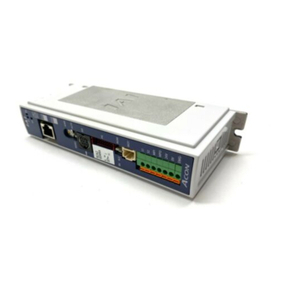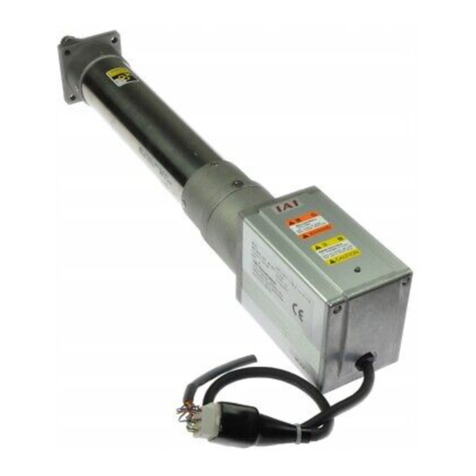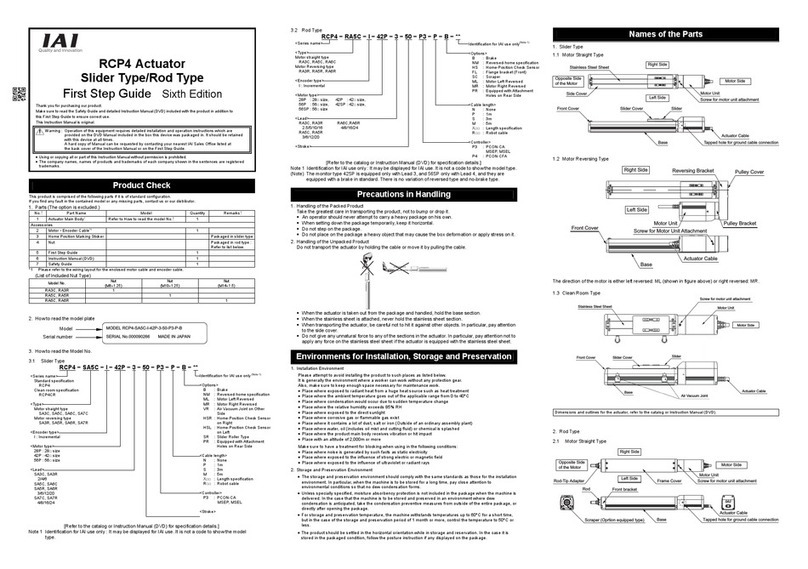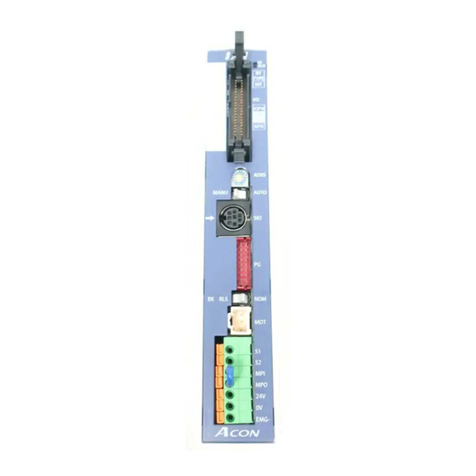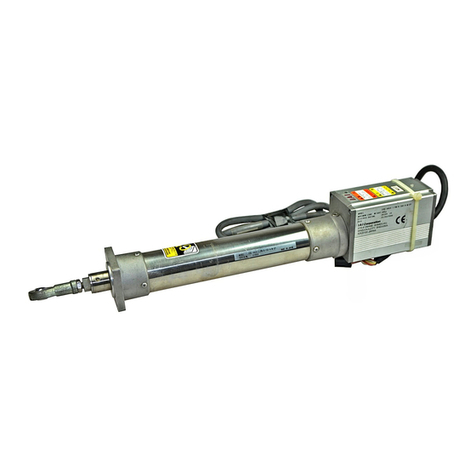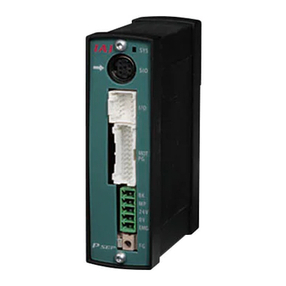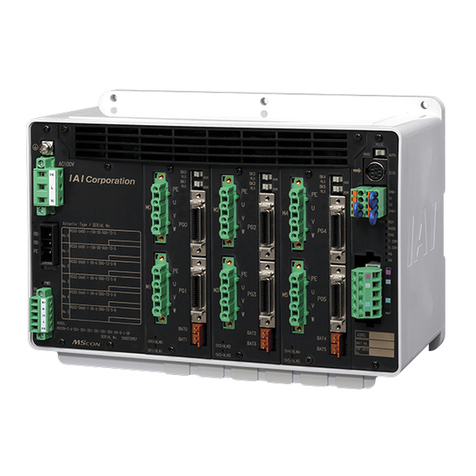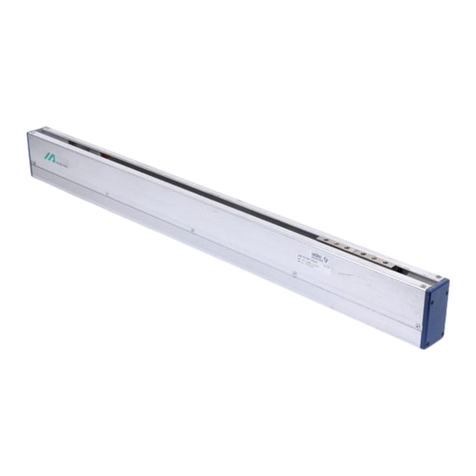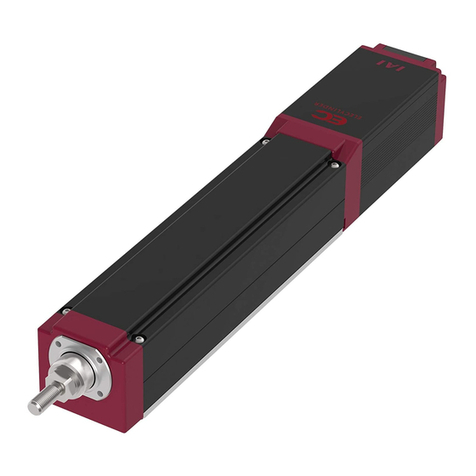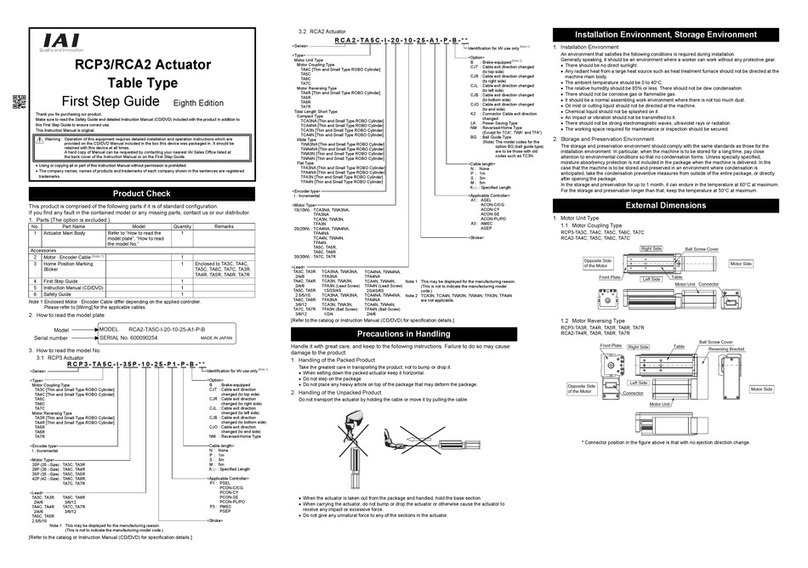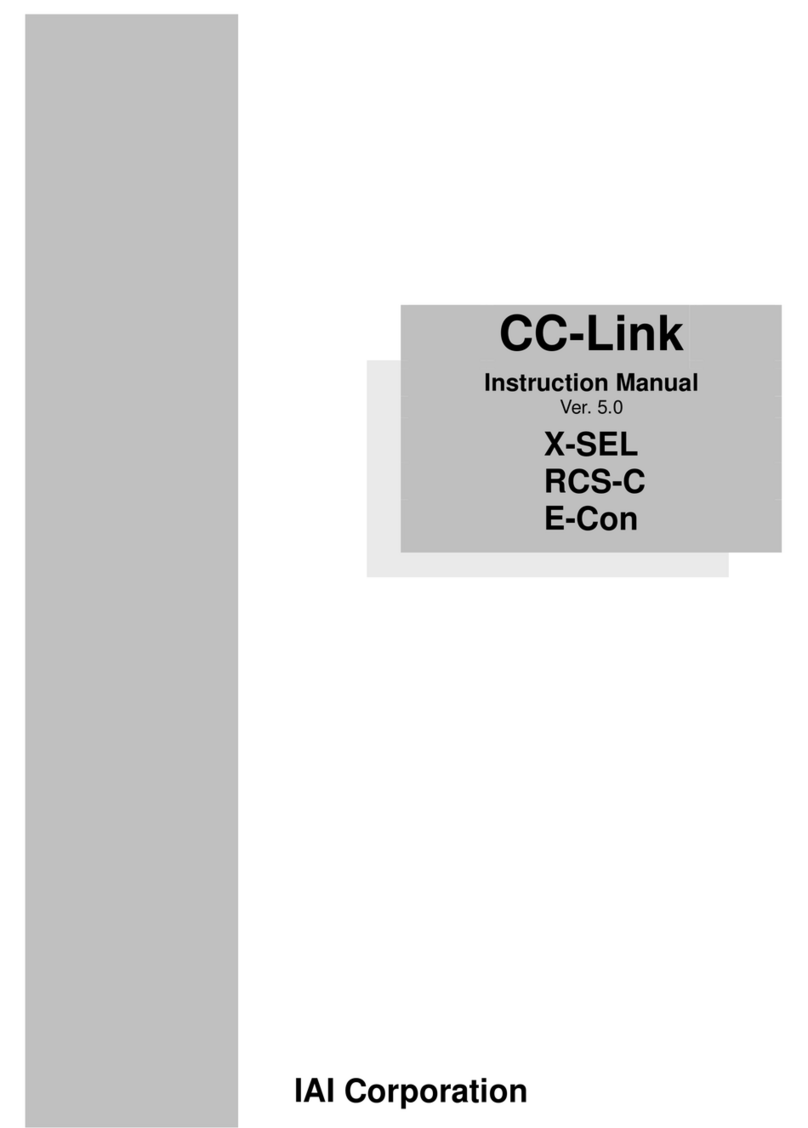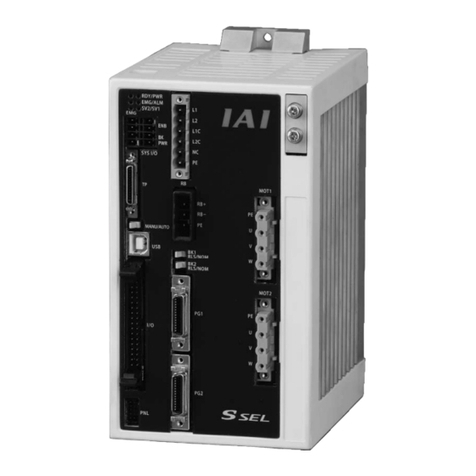
Chapter 3 Wiring
3.1 System configuration ······························································· 3-1
3.2 Electrical specifications ···························································· 3-2
Specifications table ······················································································· 3-2
I/O specifications ·························································································· 3-3
Brake release method (for specifications with brakes) ·········································· 3-4
Frame grounding ·························································································· 3-4
3.3 Connection arrangement diagram ·············································· 3-5
3.4 Wiring connections (for connectors) ············································ 3-7
24VDC power supply wiring ············································································ 3-7
PLC wiring ··································································································· 3-9
Connector wiring method ·············································································· 3-10
Brake release wiring ···················································································· 3-12
3.5 Wiring connections (for cables)················································ 3-12
Power I/O cable ·························································································· 3-12
Power I/O cable equipped with 4-way connector ··············································· 3-13
Power I/O cable connection ·········································································· 3-15
24VDC power supply wiring ·········································································· 3-16
PLC wiring ································································································· 3-18
Brake release wiring ···················································································· 3-19
Chapter 4 Operation
4.1 Basic operation ······································································ 4-1
4.2 Teaching tool connections and testing operation ··························· 4-2
Teaching pendant connection ·········································································· 4-2
ELECYLINDER test operation ········································································· 4-3
4.3 Stop position/operating conditions (AVD) setting/adjustment ············ 4-4
Stop position setting/adjustment (forward end/backward end) ································ 4-5
Operating conditions (AVD) setting/adjustment ··················································· 4-6
Pressing operation setting ·············································································· 4-9
4.4 I/O signals ·········································································· 4-11
I/O signal list ······························································································ 4-11
[ST0] [ST1] signals: Movement command input (backward/forward) ······················ 4-12
[RES] signal: Alarm clear input ······································································ 4-13
[BKRLS] input: Brake release input ································································· 4-13
[LS0] [LS1] signals: Position detection output (backward end/forward end) ············· 4-14
[PE0] [PE1] signals: Pressing complete output (backward end/forward end) ··········· 4-15
[*ALM] signal: Alarm output ··········································································· 4-15
Signal input time constant ············································································· 4-15
4.5 Operating method from master device ······································ 4-16
Home return operation/positioning operation: [ST0] [LS0] [ST1] [LS1] signals
··············· 4-16
Pressing operation: [ST0] [ST1] [PE0] [PE1] signals ·········································· 4-19
